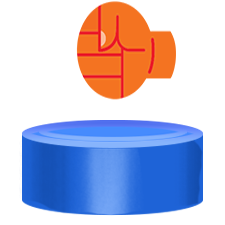Install Steam
login
|
language
简体中文 (Simplified Chinese)
繁體中文 (Traditional Chinese)
日本語 (Japanese)
한국어 (Korean)
ไทย (Thai)
Български (Bulgarian)
Čeština (Czech)
Dansk (Danish)
Deutsch (German)
Español - España (Spanish - Spain)
Español - Latinoamérica (Spanish - Latin America)
Ελληνικά (Greek)
Français (French)
Italiano (Italian)
Bahasa Indonesia (Indonesian)
Magyar (Hungarian)
Nederlands (Dutch)
Norsk (Norwegian)
Polski (Polish)
Português (Portuguese - Portugal)
Português - Brasil (Portuguese - Brazil)
Română (Romanian)
Русский (Russian)
Suomi (Finnish)
Svenska (Swedish)
Türkçe (Turkish)
Tiếng Việt (Vietnamese)
Українська (Ukrainian)
Report a translation problem




































































I've heard about that error pop up a bunch of times... Unity Hub can be annoying like that. I'd say log out and in again, with your Unity account, maybe restart Hub and try again—a free Personal 'license' should be all that's needed.
I am not familiar with PMX files, I am afraid, but principally it should work exactly the same; you can export the model from Unity as a VRM and then re-import the VRM into Unity, to tweak it (i.e. the blend shapes). And then you can re-export it to the VRM... yeah, it's a bit back and forth, heh.
The proxy component should be added during VRM import; so if your character model is no VRM file yet, you have to export it to VRM, first--have you done those steps (3.2)?
And if you have any other questions and such I suggest opening a thread in the Workshop discussions!